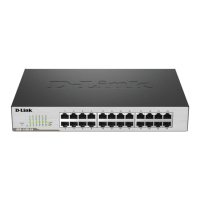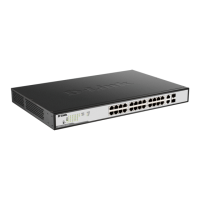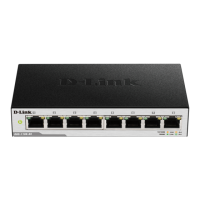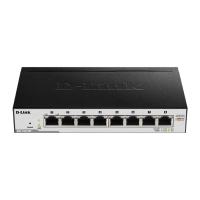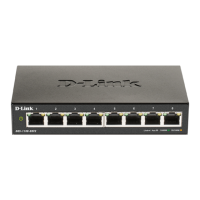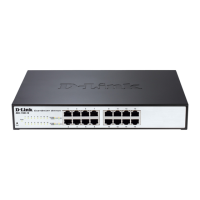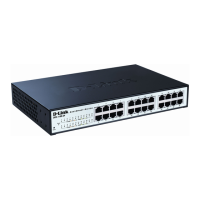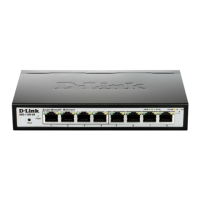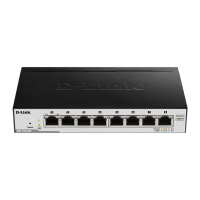D-Link DGS-1100 Series Switch User Manual
Link Aggregation
Understanding Port Trunk Groups
Port trunk groups are used to combine a number of ports together to make a single high-bandwidth
data pipeline.
Figure 7-245 Example of Port Trunk Group
The Switch treats all ports in a trunk group as a single port. Data transmitted to a specific host
(destination address) will always be transmitted over the same port in a trunk group. This allows
packets in a data stream to arrive in the same order they were sent.
Link aggregation allows several ports to be grouped together and to act as a single link. This gives a
bandwidth that is a multiple of a single link's bandwidth.
Link aggregation is most commonly used to link a bandwidth intensive network device or devices,
such as a server, to the backbone of a network.
All of the ports in the group must be members of the same VLAN, and their STP status, static
multicast, traffic control; traffic segmentation and 802.1p default priority configurations must be
identical. Further, the LACP aggregated links must all be of the same speed and should be
configured as full duplex.
Load balancing is automatically applied to the ports in the aggregated group, and a link failure within
the group causes the network traffic to be directed to the remaining links in the group.
5
5
2
2

